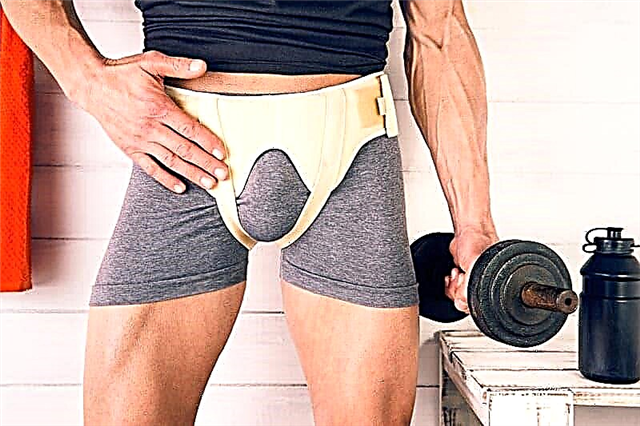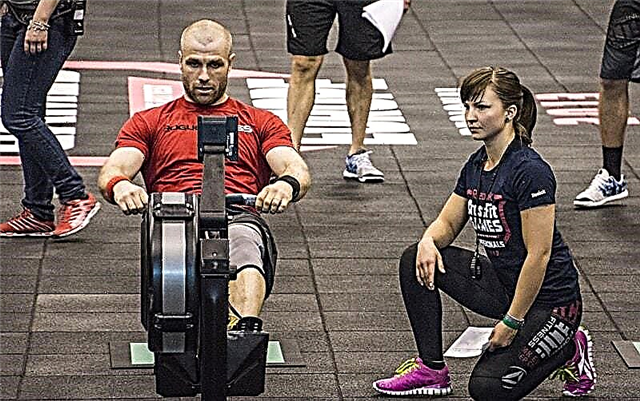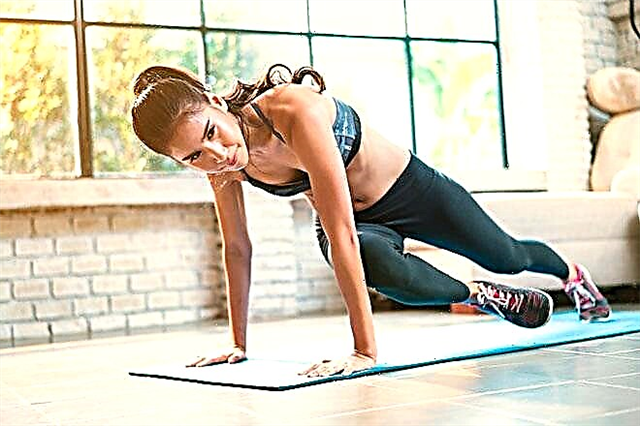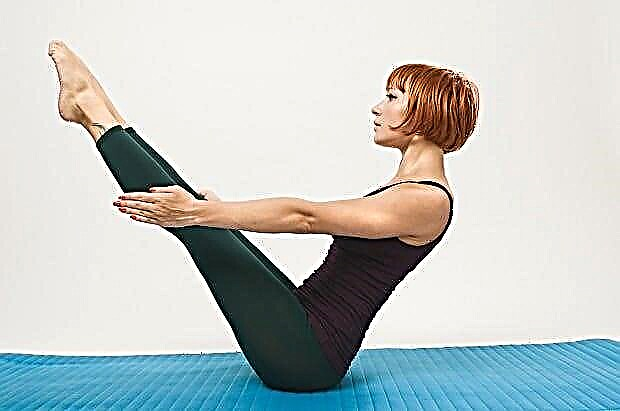Sit-Up is a popular exercise among crossfit and fitness enthusiasts designed to develop abdominal muscles. Along with leg raises and crunches, it can be considered one of the basic exercises for the press, with the correct technique of execution, these three exercises predetermine 90% of your progress when training this muscle group.
The exercise fell in love with a large number of athletes because even a beginner can easily cope with the development of its technique, its implementation does not require any additional equipment and it is easy to find a place for it in any training program.
In our today's article, we will analyze the following aspects related to the execution of sit-ups:
- What are the benefits of doing the exercise;
- Technique for performing sit-ups;
- Crossfit complexes containing this exercise.
What are the benefits of doing sit-ups?
Performing sit-ups, the athlete loads the entire array of abdominal muscles, since the amplitude of movement here is quite large. The load falls on the rectus abdominis muscle (with emphasis on the upper part), the oblique abdominal muscles and the extensors of the spine are also statically strained.

© Makatserchyk - stock.adobe.com
I would not assume that sit-ups should be the basis of abs workout. Rather, on the contrary, I would put them at the very end in order to finally "finish off" the abdominal muscles. The fact is that the movement is explosive, it is performed at a fairly fast pace, it is really difficult to concentrate on the work of the target muscle group in it, and this factor should be fundamental in your abs workouts to acquire strong and prominent abdominal muscles. For this reason, it is more advisable to include it in crossfit training, with the help of it you can perfectly increase the pace and intensity of the load and make training even more productive and difficult.
When I say hard, I mean really hard training. After several complexes containing sit-ups, it is sometimes just hard to get up off the floor and regain breathing, and the pain in the abdominal muscles will remind you of this exercise for at least a couple of days, even if you have been training for more than a year.
Exercise technique
There are several types of sit-ups for the press, the most common of them: classic, with the use of additional weights, V-sit-up (fold) and sit-up on an incline bench. Let's talk in detail about the technique for performing each type of sit-up.
Classic situp

It is this variety that interests us most of all, since most often in crossfit complexes we perform a classic sit-up - its implementation does not require prohibitive mental concentration. The exercise is far from the most difficult, so it is easy for our brains to "switch" to it after doing another exercise. The classic sit-up is performed as follows:
- Starting position: the athlete lies on his back, legs are bent at the knees, arms are straightened and lie over the head. The buttocks, lower back and upper back are firmly pressed to the floor. The feet are firmly pressed to the floor. If your feet come off during the approach, try to rest on the floor with your heels only and distribute the center of gravity as you would with a barbell squat.
- The athlete begins to move the body upward, while exhaling at the same time. Our task is to rise due to the effort of the abdominal muscles, while trying not to round our back, and with our fingers we try to reach our feet. At the top, the body should be approximately at right angles to the floor.
- After touching the feet, slowly begin to descend downward as you inhale, making the movement fast enough, but under control. Keep your arms straight above your head and touch them to the floor, then repeat the entire movement from the beginning.
Sit-up with additional weights

This is a more advanced option for those athletes who are already given the classic sit-up for a large number of repetitions without tangible difficulties. It is most convenient to perform it with a disc or light dumbbells in outstretched arms. Of course, the weight of the weights should be moderate, do not try to set records in such exercises - you will not surprise anyone with this, but you will get an injury to the lumbar spine even if you follow the ideal technique and after a thorough warm-up
- Starting position: the athlete is positioned as in a classic sit-up, but holds the disc in straight arms approximately at the level of the lower chest.
- Simultaneously with lifting the body, you need to push the disc up a little, accompanying this whole process with a powerful exhalation. At the top point of the amplitude, the disc should be located above the head, and not in front of the chest, therefore the deltoid muscles, especially the anterior bundle, also participate in the movement. In this case, the movement of the arms should not be of a pressing nature, we simply "direct" the disc up, the triceps do not participate in the exercise, and the arms should not bend at the elbows.
- Smoothly lower the body down, at the same time returning the disc to chest level.
V-situp (booklet)

© Mihai Blanaru - stock.adobe.com
The fold is also considered a kind of sit-up. The movement is carried out simultaneously with the body and legs, which makes the exercise more explosive and increases the load on the press, while the emphasis is on its lower part.
- The athlete is lying on the floor, the body is fully extended, straight arms are laid behind the head, all muscles are relaxed.
- It is necessary to start doing a sit-up, at the same time pulling your legs up, trying to reach your feet or lower leg with your hands. The movement is accompanied by exhalation. At the same time, we try not to bend our legs at the knees, as this greatly simplifies the task.
- Begin to lower the body and legs down, feeling the stretch of the abdominal muscles. A short pause is made at the bottom point, the body straightens completely, as in the starting position.
Incline sit-up

© Nicholas Piccillo - stock.adobe.com
At first glance, this exercise is visually very similar to lying on an incline bench crunch. The difference is that during a sit-up we keep our back straight upright without bending the lower back, and when twisting, the athlete somewhat rounds the thoracic spine in order to strain the upper part of the press more. In addition, in most cases, when twisting, the athlete does not lower the body completely down onto the bench and works in a shortened amplitude, not allowing the muscles to relax at the lower and upper points, while in the sit-up, we completely lower ourselves onto the bench after each repetition and perform each repetition in full amplitude.
- Starting position: the athlete is placed on an incline bench, clinging to the restraints with his legs, arms are straightened and laid back.
- We begin to make a movement with the body up, contracting the abdominal muscles and without bending the lower back. At the top, you should be at right angles to the machine. Move your arms slightly forward as you move to touch your feet.
- Smoothly lower the body down until it touches the bench. Lower yourself completely, relax all muscles and do another rep.
Crossfit complexes
The functional complexes listed in the table below are designed for more experienced athletes, so if your sit-up technique and other exercises included in them are still far from ideal, for the first time, stop at something simpler and gradually increase the load.
| Lucy | Perform 50 kettlebell swings, 75 lunges, 100 bodyweight squats, 125 push-ups, and 150 classic sit-ups. |
| Niagara | Perform 10 ring dips, 10 pull-ups, 10 lunges, 10 kettlebell swings, and 10 classic sit-ups. Only 3 rounds. |
| Mayhem | Perform 5 deadlifts, 20 classic sit-ups, 5 bench presses and 20 box jumps. Only 5 rounds. |
| 13 | Perform 3-5-7-9-11-13-11-9-7-5-3 reps of deadlifts, pull-ups, burpees and classic sit-ups. |









